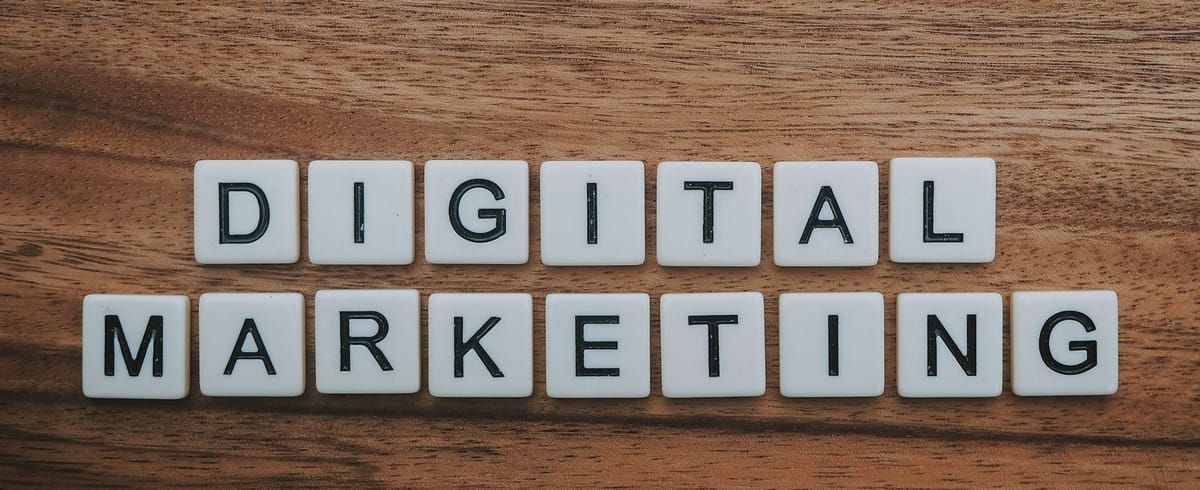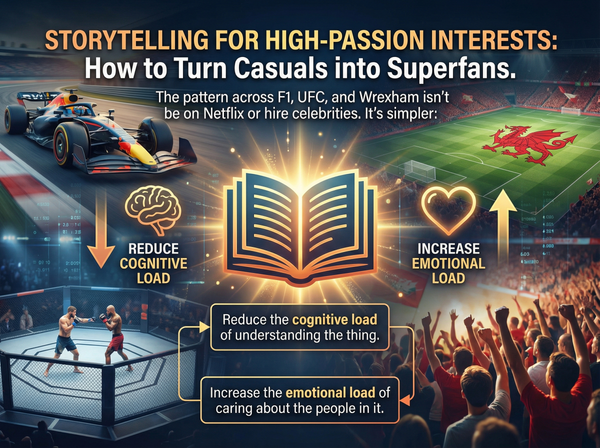The Direct Response Framework: Hook, Story, Offer

The Hook, Story, Offer framework not only grabs your audience's attention but also guides them emotionally toward a specific action.
It's a psychological blueprint rooted in the principles of direct response. It taps into the ancient human need for narrative and the modern consumer's demand for value. When executed correctly, it transforms a cold lead into a customer.
Let's break down each component in detail.
1. The Hook: The Interruption
The Hook is the single most important element of your content. Its purpose is to act as a pattern interrupt—to stop the reader's scroll and force them to pay attention. If your hook fails, the rest of your message is irrelevant.
The Psychology: The human brain is hardwired to seek out information that is relevant to its survival, problems, and desires. A great hook taps into this by creating a knowledge gap, sparking curiosity, or promising a solution to a painful problem.
Types of Effective Hooks:
- The Problem-Based Hook: Directly addresses a pain point your audience is experiencing.
- Example: Struggling to find time for content creation while running your business?
- The Curiosity Hook: Piques interest by posing a question or making an intriguing statement without giving away the answer.
- Example: I'm about to show you the one marketing channel 99% of your competitors are ignoring.
- The Aspirational Hook: Paints a picture of a desired future state your audience longs for.
- Example: Imagine a world where your sales funnel runs on autopilot, generating leads while you sleep.
- The Contrarian Hook: Challenges a widely held belief to make your message stand out.
- Example: Everything you've been taught about social media marketing is wrong. Here's why.
Pro-Tip: Your Hook should be concise and directly relevant to your target audience. It must be so compelling that they cannot help but read the next line.
2. The Story: The Empathy Bridge
The Story is the emotional core of the framework. Its purpose is to transform a cold, transactional interaction into a warm, human connection. This is where you build trust and credibility by showing, not just telling, that you understand your audience's struggle and have a solution.
The Psychology: Stories are more memorable than facts and figures. They allow the reader to project themselves into the narrative, creating empathy and making them receptive to the solution you're about to present.
Elements of a Powerful Story:
- The Problem: Begin by detailing a relatable problem or conflict. This is often the same problem you introduced in your hook.
- The Turning Point: Describe the aha moment or the point of discovery where the solution began to emerge.
- The Transformation: Show the after picture—the positive outcome or change that resulted from the solution.
Common Story Archetypes:
- The Personal Journey: Share your own struggle and how you overcame it using the very solution you're promoting. This builds instant authority.
- The Customer Case Study: Tell the story of a client who went from Point A (the problem) to Point B (the solution) with your help. This provides powerful social proof.
- The Foundational Story: Explain the why behind your business. What inspired you to create this product or service? This builds an emotional connection with your brand.
Pro-Tip: Be authentic. Don't invent a story. Use real details, struggles, and emotions. Vulnerability is your greatest asset in this stage.
3. The Offer: The Irresistible Proposal
The Offer is not just a call-to-action (CTA); it's the entire value proposition that makes it illogical for your audience to say no. After you’ve captured their attention and built trust, you must present a deal that is too good to refuse.
The Psychology: An effective offer is built on the principles of reciprocity (bonuses), loss aversion (urgency), and risk reversal (guarantees). It should feel like a massive win for the customer.
Components of an Irresistible Offer:
- The Core Product/Service: Clearly state what you are offering and the primary benefit it provides.
- Bonuses: Add extra value by including complementary products, guides, or services. These should be valuable on their own and directly support the core offer.
- Example: A bonus might be access to a private community or a downloadable pack of successful playbooks.
- Scarcity & Urgency: Motivate immediate action by introducing a time limit or a limited quantity.
- Example: This offer expires in 48 hours, or Only 100 spots available at this price.
- Risk Reversal: Eliminate any hesitation by providing a strong guarantee. A bold guarantee shows your confidence in your product.
- Example: 100% money-back guarantee if you don't double your leads in 60 days.
Pro-Tip: Stack the value. List the price of each component (core offer, bonuses) to demonstrate the total value, then reveal the much lower, special offer price. This makes the final price feel like a massive bargain.
Putting It All Together: A Complete Example
Context: A blog post promoting an email marketing masterclass.
- Hook: Your email list is your most valuable asset, so why are you treating it like a graveyard? Stop sending emails that get ignored and start converting subscribers into customers.
- Story: Five years ago, I was where you are now. I had a list of 10,000 subscribers and an open rate of 8%. I was pouring money into a marketing strategy that was failing. I was about to give up on email marketing altogether until I discovered a simple 3-step framework that completely changed everything. Last month, that same list generated $25,000 in sales, all from a single email. Let me show you how I did it.
- Offer: This is why I created the Email Marketing Masterclass. Inside, you’ll get my exact 3-step framework to write high-converting emails. But because I want you to succeed, I'm also adding three exclusive bonuses: my 'Subject Line Swipe File' (a $97 value), a live Q&A with me this Friday, and my personal 'Email Funnel Map' (a $197 value). All together, this package is valued at over $800. But for the next 72 hours, you can get instant access to everything for just $99. And if you don't see an improvement in your open rates and sales, I’ll give you every penny back. No questions asked. Click here to enroll now.
Keep Crushing!
- Sales Guy


